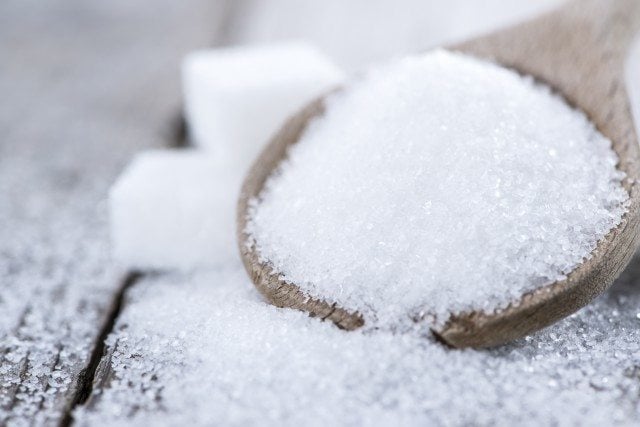The impending change in European Union (EU) sugar policy in 2017 could trigger a shift from sugar to isoglucose usage, according to a Rabobank report entitled Will Starch Grains Beat Sugar?
The company believes that isoglucose production could take off, particularly in grain and starch-rich but sugar-poor countries such as Hungary, Romania and Bulgaria.
At the same time, other regions in the EU are also set to capture some of the growth.
The actual market potential for isoglucose in the EU remains to be seen, but it will depend on various factors including isoglucose prices vis-à-vis sugar prices, beverage and food manufacturers’ willingness to use an alternative sweetener, as well as consumer preference.
“Since agricultural production and consumer preferences differ from country to country within the EU, the end of quotas in 2017 presents various potential scenarios and opportunities for players in the region”, said analysts Vito Martielli and Ruud Schers.
Currently, isoglucose quotas limit the total EU production for domestic consumption to 720,000 tons per year, approximately 4% of the EU caloric sweeteners market.
The majority of this production takes place in the eastern EU.
The key question for determining any shift in production is how much demand there will be once the quotas are lifted.
In the US, Mexico and China for example, isoglucose has easily replaced sugar in beverages.
EU authorities’ decision to change the sugar and isoglucose policy as of 2017 could drive similar changes.
However, beverage manufacturers will determine real demand of isoglucose by their choices that may vary per country and product.
Other determinant factors vary on isoglucose’s potential in the EU.
A higher sugar price generally creates a favorable situation for isoglucose production, with wider scope to price isoglucose below sugar.
Alternatively, a lower sugar price may limit the isoglucose market.
Secondly, prices of corn and wheat as raw material are fundamental in the production costs of isoglucose, with supply directly impacting margin profitability.
Volatility in the grains market over the last seven years is expected to stay and will be front of mind for isoglucose producers to consider, says Rabobank.
Incremental growth in grain production is likely to increase exports from the eastern EU by up to 12 million tons by 2020/21 whilst it can also facilitate the sourcing for starch and isoglucose production.










